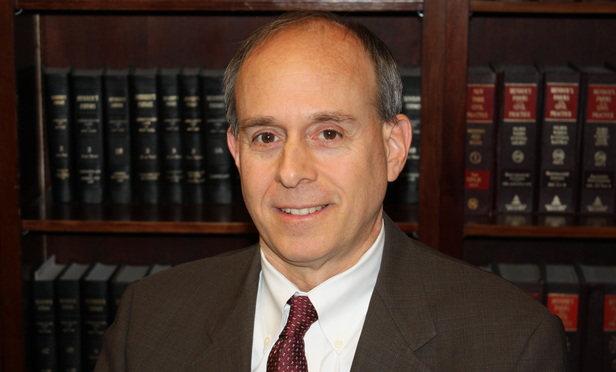Even the safest drivers cannot eliminate the dangers that may be posed by other vehicle operators and pedestrians encountered on the road. Although the law sets forth a duty to avoid and respond to dangerous acts and omissions by other drivers and pedestrians that are outside of an operator’s control, various legal theories have been employed to limit the innocent driver’s responsibility. Perhaps most critically, even without taking judicial notice of driver reaction time, the courts of New York have restricted the duty owed by drivers who are faced with sudden dangers. Vehicle operators whose time to respond to unpredictable behaviors of other drivers or pedestrians is mere seconds or less may obtain summary judgment prior to trial under the common law “emergency doctrine.” The body of law that has developed around this doctrine is instructive to both defendants who seek relief from liability as a matter of law and to plaintiffs who wish to avoid the legal hazard of dismissal in automobile accident cases involving limited reaction time.
A Duty to Avoid and Respond
Pedestrians who unexpectedly dart out into traffic and fellow vehicle operators who fail to yield the right of way or fail to stay in their proper lane, or cross over into oncoming traffic, all pose challenges to a driver’s skills. Even where sudden behaviors give rise to a “qualifying emergency” for application of the emergency doctrine, drivers are still required to react and respond in a reasonable manner in order to reduce the risk of an accident. In other words, even though this doctrine may provide an opportunity for summary judgment where the conditions are sudden and unexpected, its application is limited to circumstances that are unforeseen and it only protects responses that are reasonable under circumstances that are not of the driver’s own making. Weston v. Castro, 138 A.D.3d 517, 518 (1st Dept. 2016), citing Caristo v. Sanzone, 96 N.Y.2d 172, 174 (2001).



